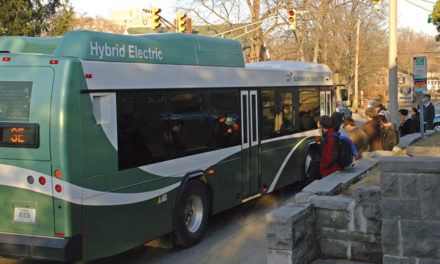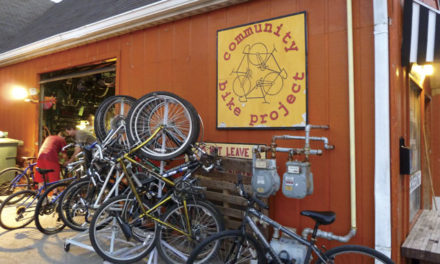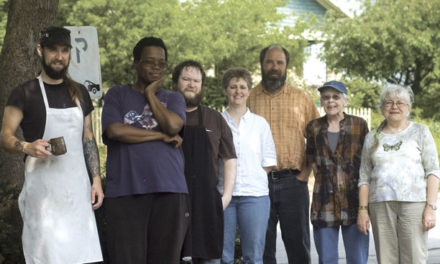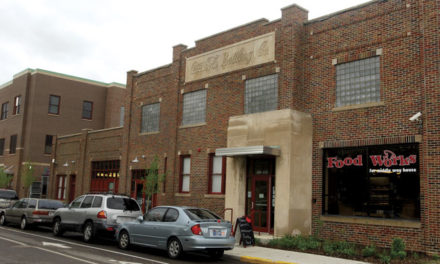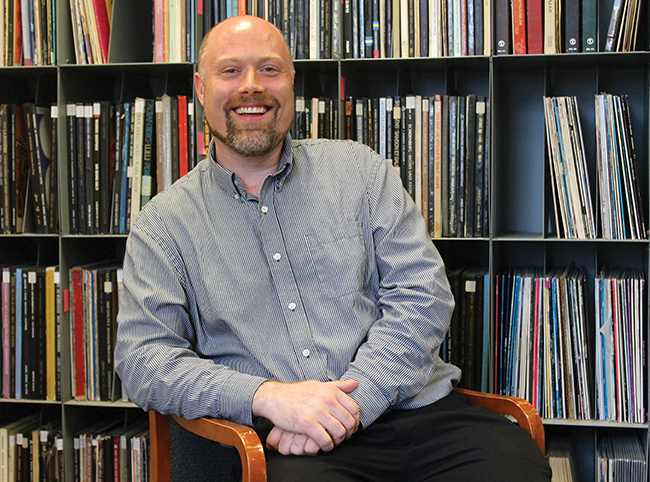
BY BARB BERGGOETZ
Choosing between classical music and quality news programming during the day is now easier for Bloomington listeners with the arrival of a new public radio channel — WFIU2.
WFIU (103.7 FM) launched WFIU2 (101.9 FM), allowing Bloomington-area listeners to pick up FM radio programming that had previously been available only online or on HD radio for the last 10 years. The station also added the same programming at 100.1 FM in Seymour, Indiana.
The move was made this fall to better serve WFIU’s two main audiences — classical music listeners and news followers — and to attract new listeners, says WFIU Operations Director John Bailey. Another reason for the additional station, he adds, is that despite talk of podcasts and apps, 90 percent of the time people listen to WFIU on FM radios.
The addition of WFIU2 allows listeners to hear more of what they like — whether that’s news or music — at additional times during the day without having to use a special device, Bailey says. Programs on WFIU2 will be run opposite of those offered on WFIU, so when WFIU offers music, WFIU2 presents talk programming and vice versa.
On WFIU2, listeners can hear live, locally produced classical music from 5 to 9 a.m. each weekday with WFIU music director Joe Goetz. From 9 a.m. until 5 p.m., shows include BBC World Service programming, Morning Edition, The Diane Rehm Show, Exploring Music, Here & Now, and All Things Considered. BBC World Service programming can also be heard from 9 p.m. to 5 a.m. every night.
Listeners also get a second chance to enjoy local radio programs, such as Earth Eats, Café Indiana, Harmonia, Afterglow, and Night Lights at times different than those offered on WFIU. New syndicated programming, including The Splendid Table, is offered on weekends.
Bailey says WFIU bought the new channel from another non-commercial station, installed an antenna, bought equipment, and paid first-year new-programming fees for less than $100,000. While the channel isn’t as powerful as a full station, its equipment picks up a digital-only signal and beams it out on an analog frequency, allowing it to be picked up on FM radios. This option was much better, he says, than waiting longer for a full-power station to become available and paying millions for it.


